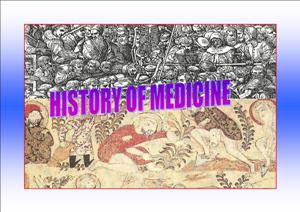Histamine poisoning
Histamine poisoning results from the ingestion of foods containing high levels of histamine. Histamine poisoning is an intoxication, so the incubation period is rather short, ranging from several minutes to a few hours after ingestion of the contaminated fish.
Following the ingestion of food containing high levels of histamine primary symptoms occurs: cutaneous (rash, urticaria, oedema, localized inflammation), gastro-intestinal (nausea, vomiting, diarrhea), hemodynamic (hypotension) and neurological (headache, tingling, burning, itching). The poisoning is often confused diagnostically with food allergies, because of the similar symptoms.
Histamine is generated in foods by decarboxylation of histidine through reaction catalyzed by the enzyme histidine decarboxylase. Histidine decarboxylase has been found mainly in certain species of Enterobacteriaceae, Clostridium and Lactobacillus. Research shows that the decarboxylation result largely from the action of bacteria which posses the enzyme.
Therefore, the presence of histamine in fish has been considered as an indicator of earlier microbial decomposition.
This poisoning has historically been referred to as scombroid poisoning because of the frequent association of illness with consumption of spoiled scombroid fish such as mackerels and tuna.
Cooking will destroy both histamine-producing bacteria and bacterial decarboxylase but not histamine itself. Cooked fish therefore can be stored safely for longer periods and canned fish can be kept almost indefinitely.
Histamine poisoning







